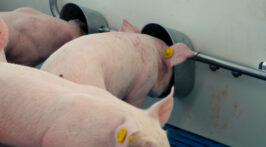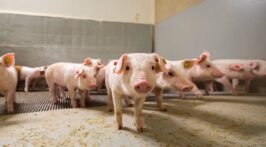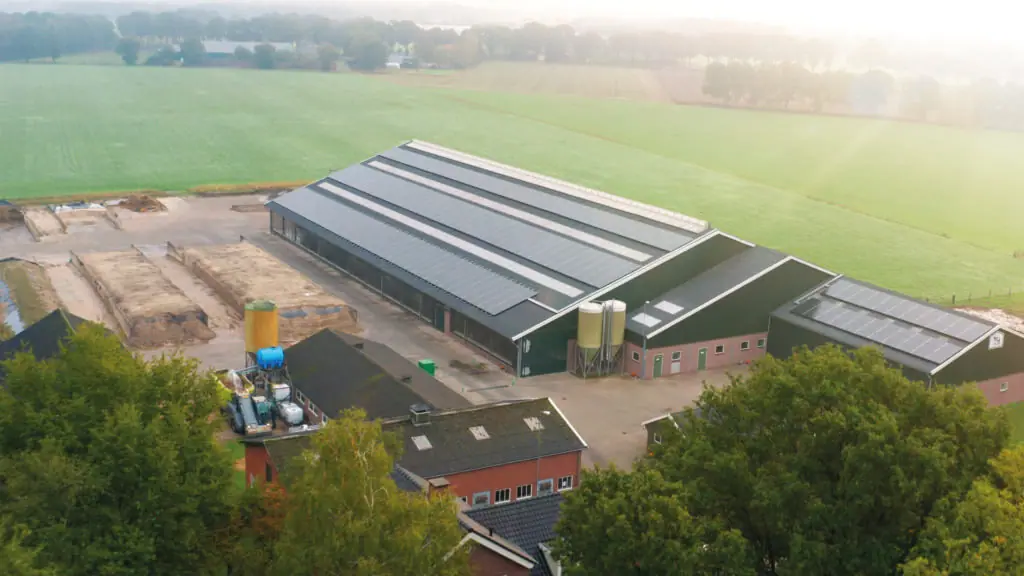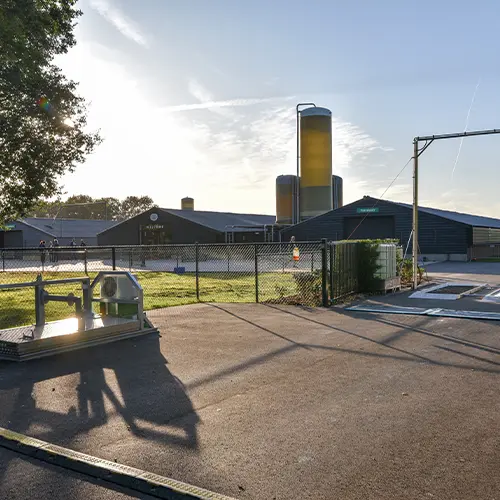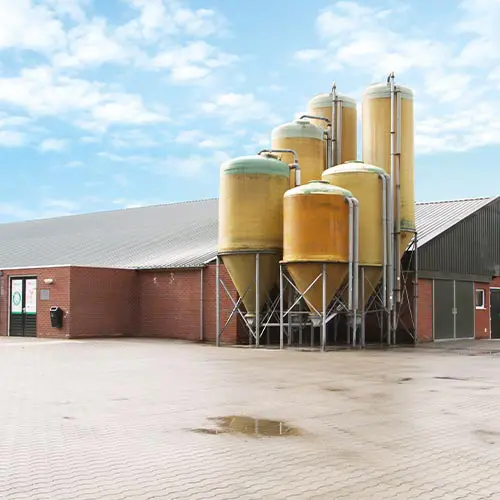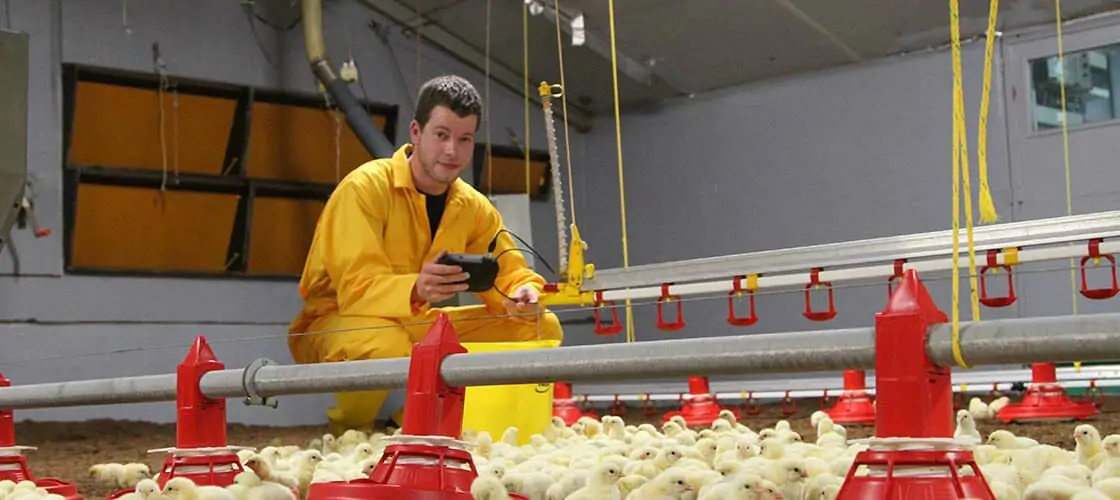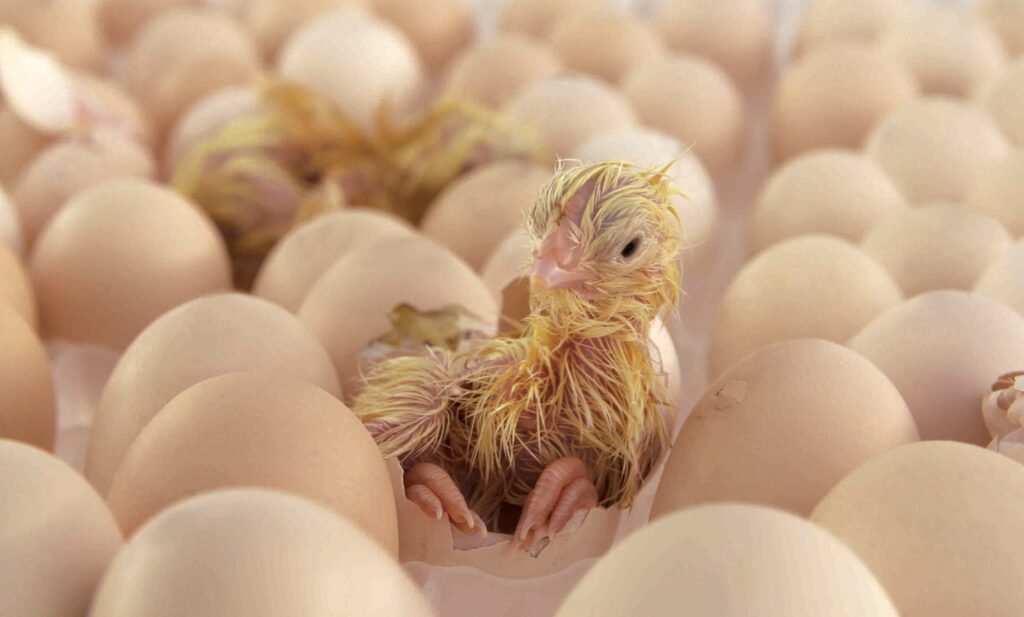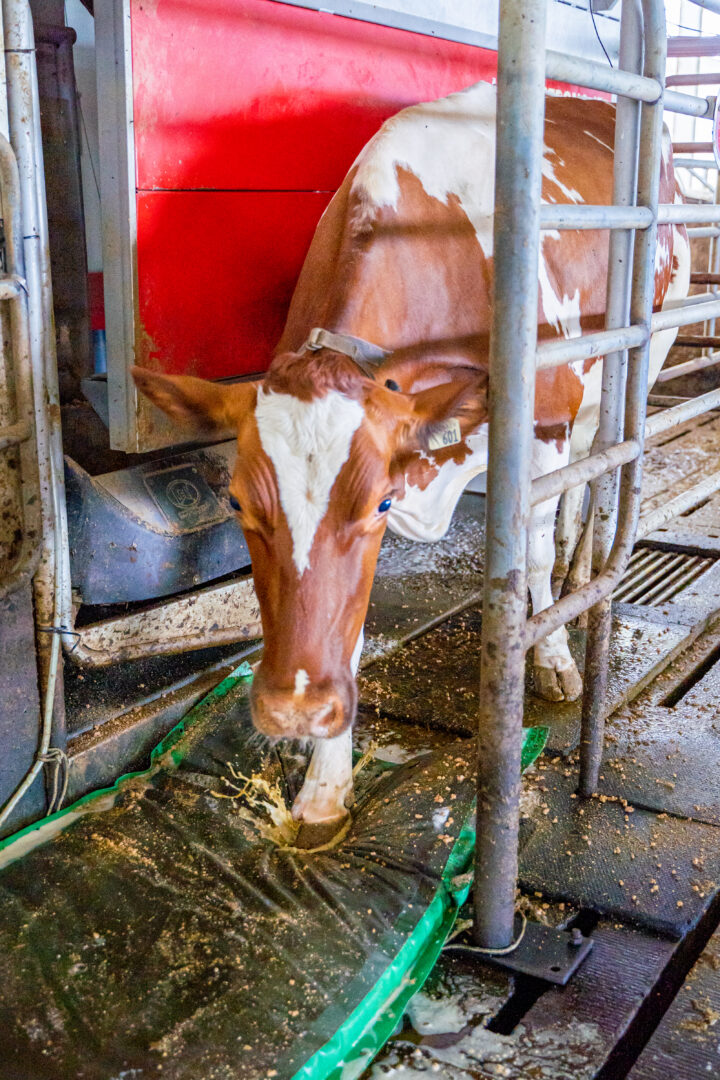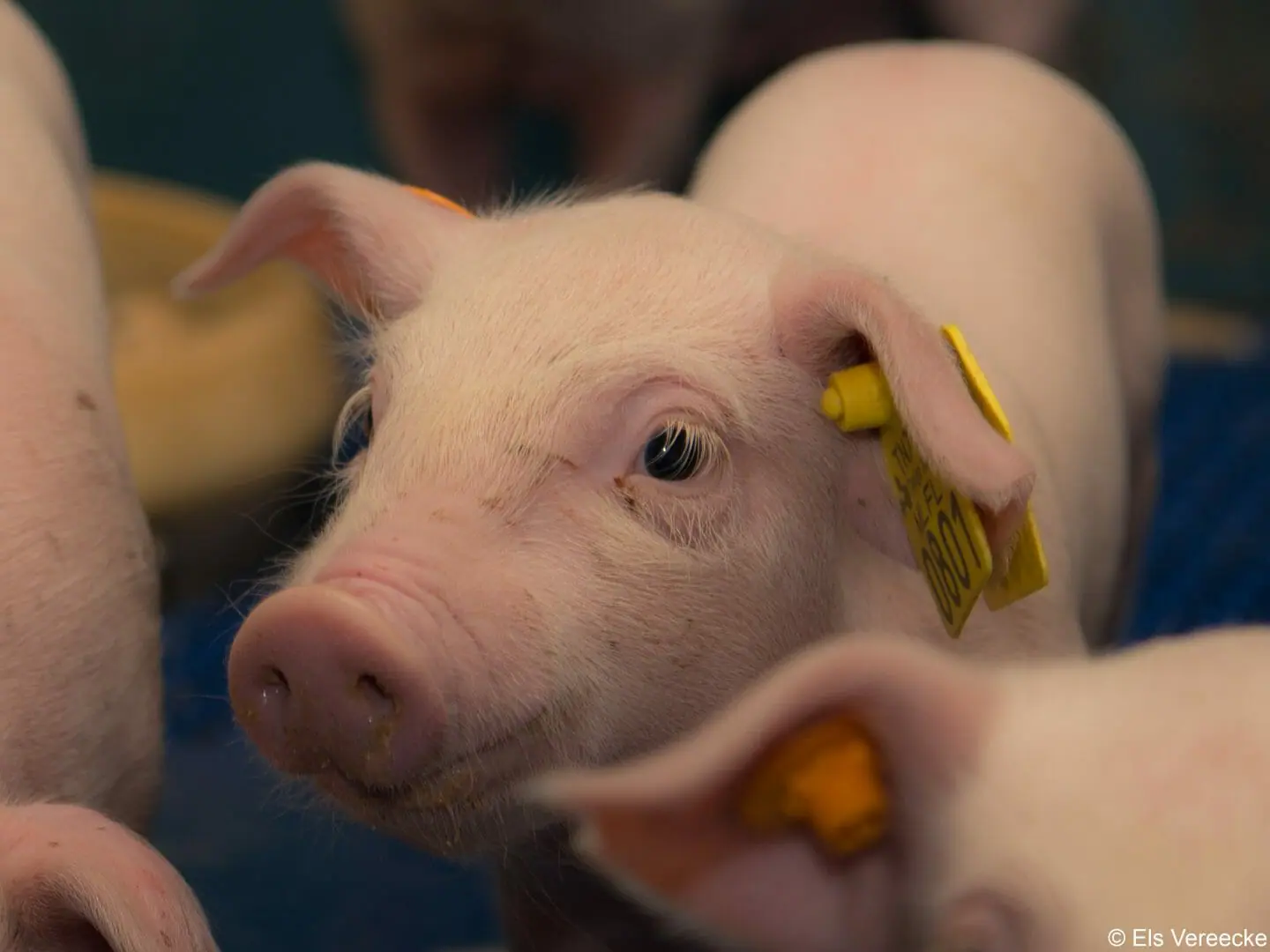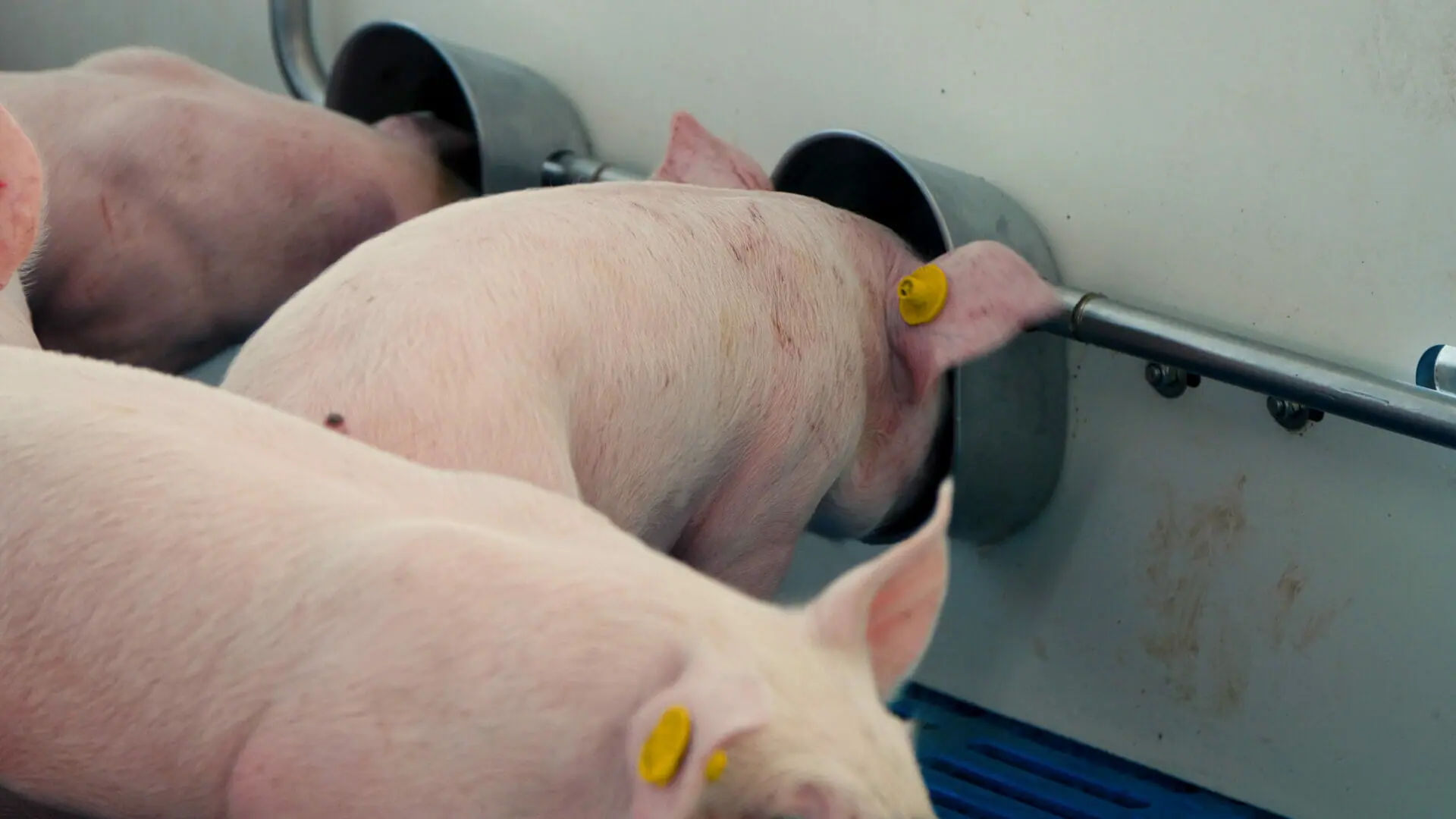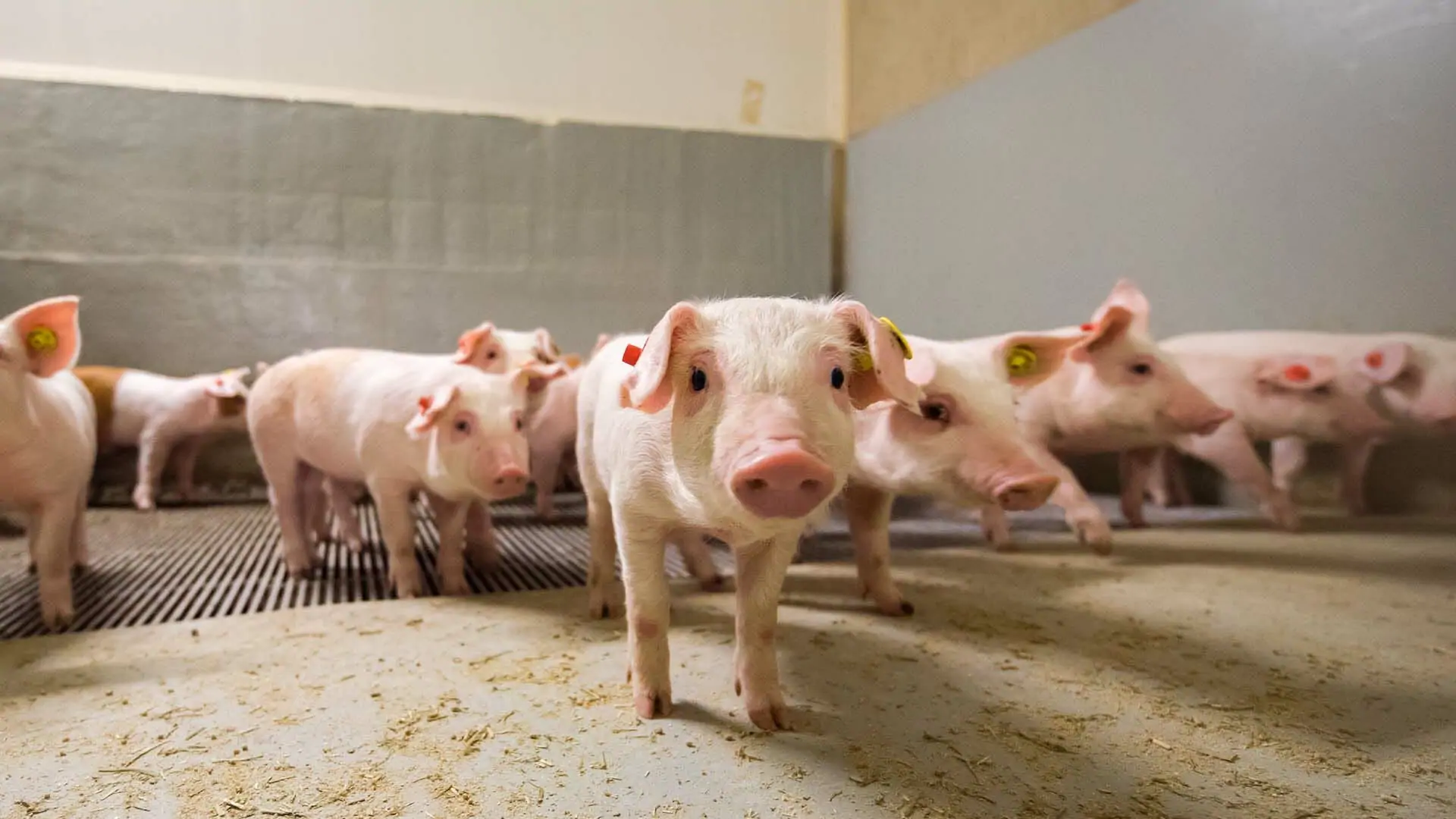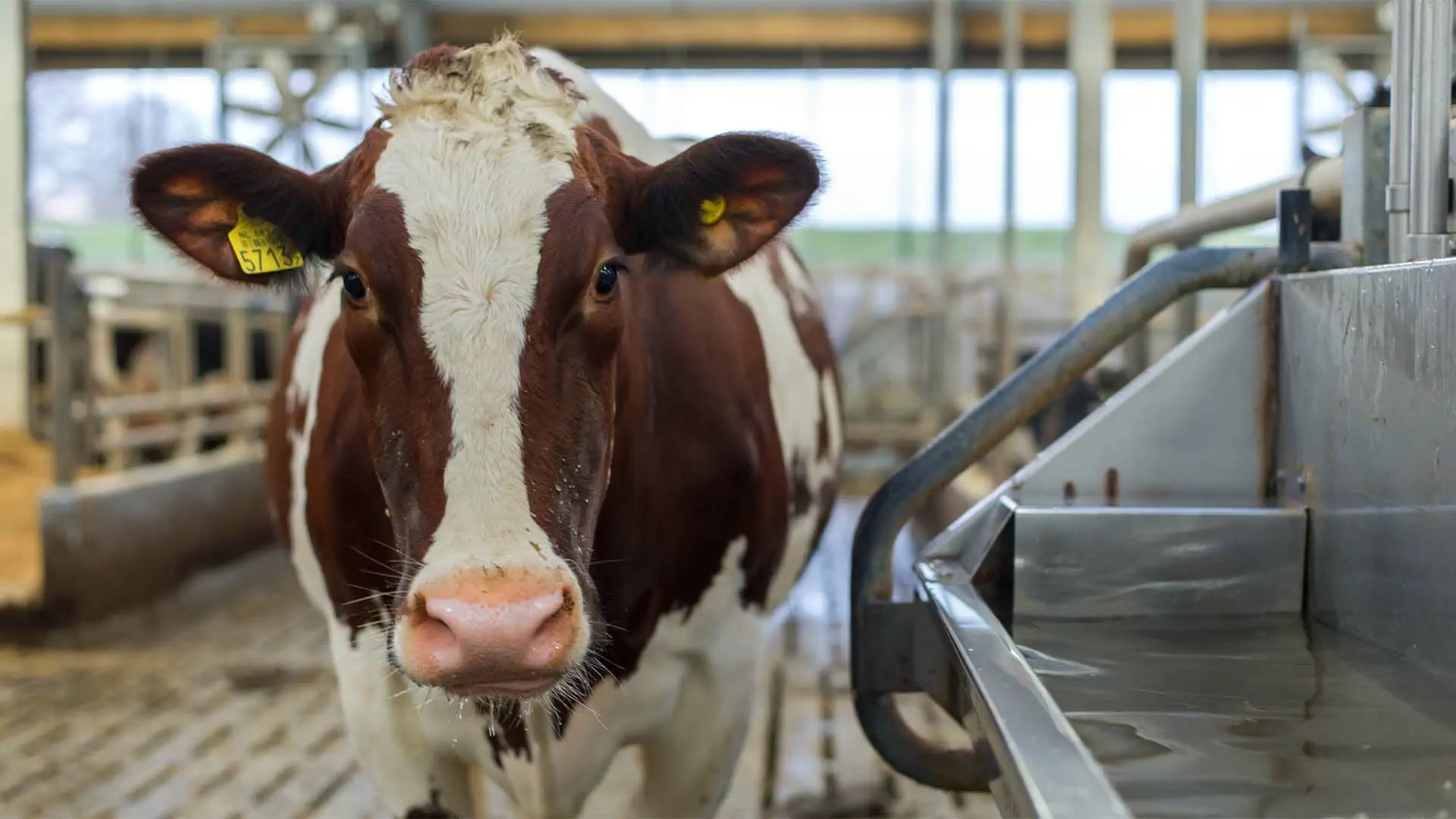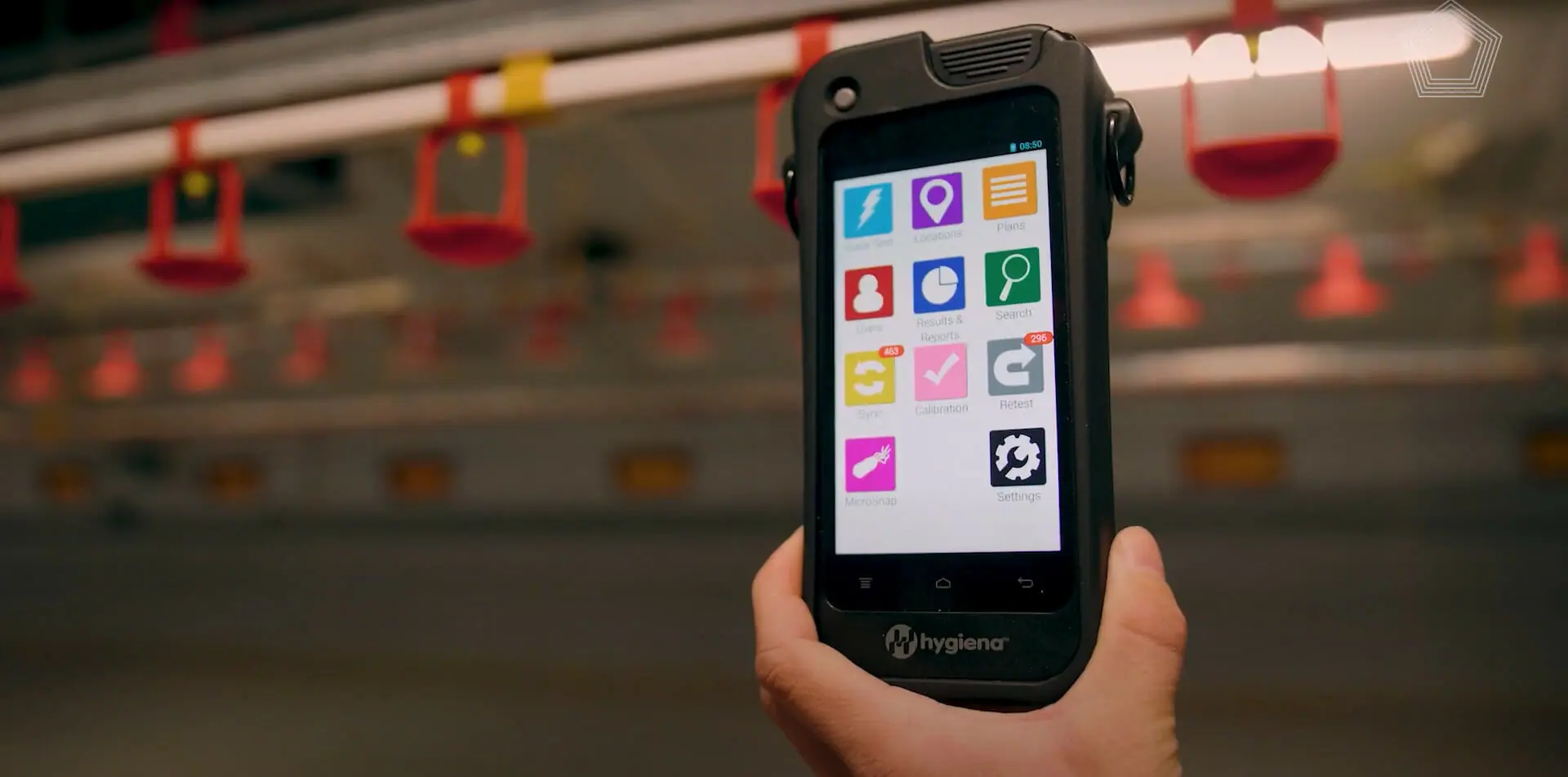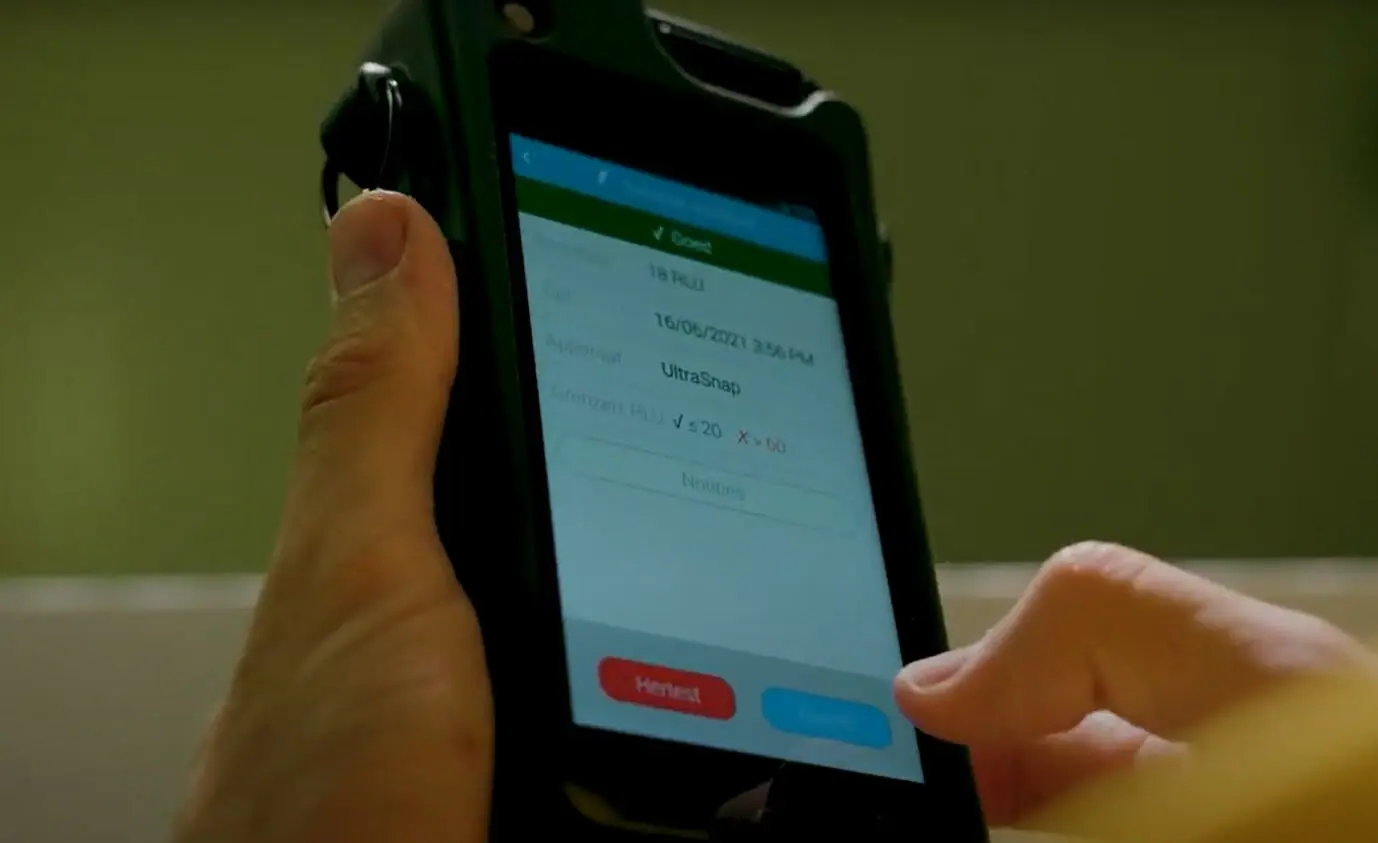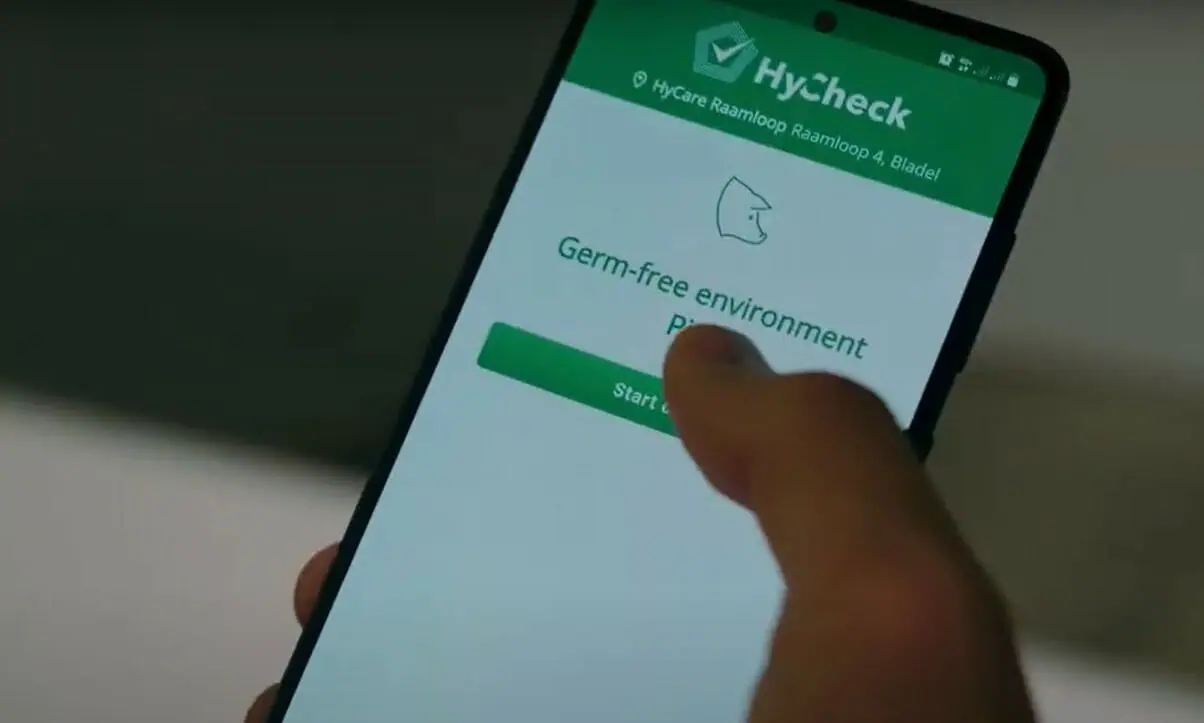Poultry farmers are obliged to report energy and water-saving measures to their municipality. They are also obliged to report which techniques and measures they apply. Officials make an inventory of what farmers do and check the implementation of the measures. This is supposed to raise awareness. The EU regulations requiring this came into force in February 2017 and must be complied with within four years. 'Be economical with water' could also affect poultry farmers in times of drought.
32 % water savings
One third less water use for cleaning and disinfecting a poultry house with HyCare'. That is the purport of a new message from MS Schippers. Thomas Mallens, division manager poultry at this company, sharpens this even further: "If you only apply this to the coated walls and floors, then this is even 38 percent." Currently, one house according to the HyCare method is in use at the Hapert broiler farm. Recently, after a round of broilers, the labour time and water consumption for cleaning was measured. The comparison was made with the labour need in a conventional house of the same size, volume and inventory. "We assessed water use on three components," says Thomas Mallens. "It turns out that water and labour are in the ratio of approximately 1:1 for ceiling cleaning and inventory compared to a conventional barn. We made the biggest gains when cleaning the coated floors and walls, as HyCare does. Here, the ratio of water use to labour requirement turns out to be almost 1:1. After removing the poultry litter and soaking, after ceiling and inventory cleaning, the labour saving was 1.75 hours to clean 1,000 square metres. Net, 32 percent less water was needed." If you determine the water savings specifically for floors and walls, Mallens mentioned, the water and labour savings are as high as 38 percent!
Good coating is important
Thanks to stables that work with the HyCare method, poultry farmers can start a new round more efficiently and without germs. They thereby benefit from the 'New Stable Effect', whereby the chance of reinfection is reduced. Mallens estimates that there are already 40 to 50 poultry houses in the Netherlands where floors and/or walls have been coated. But these are not companies that work according to HyCare and this method involves more than just coating," he emphasises. "There is only one such poultry house in the Netherlands. In Germany, there are now two, but several poultry farmers are showing interest." The coating of walls, floors and the complete sealing of seams is one of the important aspects of this method, which is new for poultry farming. The coating does not contain significant amounts of solvents. As a result, each kilo of coating applied, after curing, is actually 1 kilo of new floor or wall: wear-resistant and 100% pore-tight. As a result, it remains - proven - to do its job for a long time: concrete can no longer absorb water and dirt. "We have determined that a traditional concrete floor absorbs approximately 1.5 liters of moisture per square meter and with it manure particles and germs. The moisture has to evaporate before you can get the barn up to temperature again for the next laying round. A stable with a good coating dries very quickly. Later on, we also want to look at the energy effects of HyCare in the barns", Mallens says.
